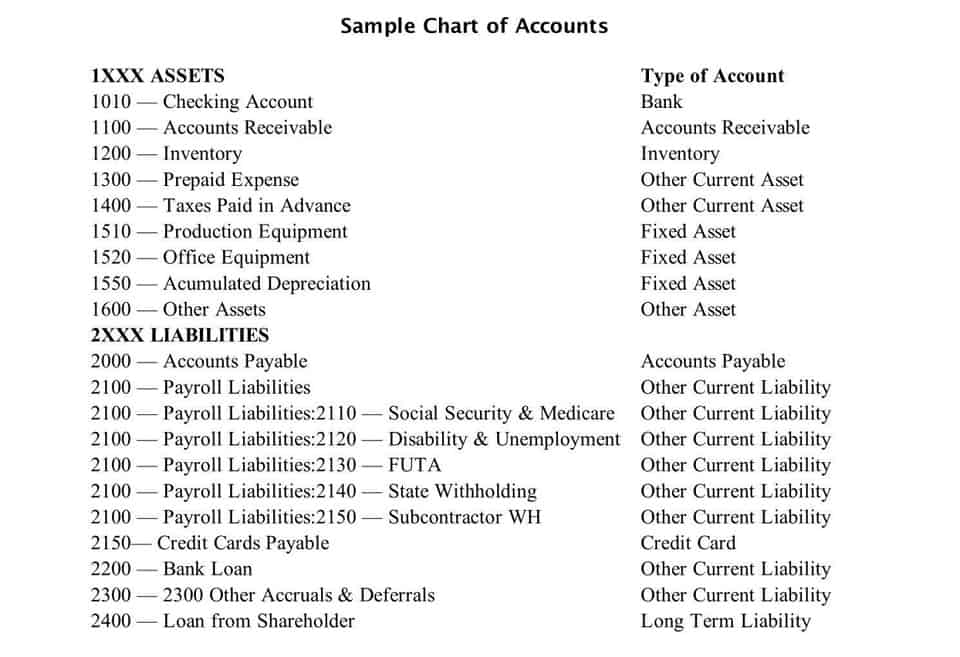
Content

A write-off refers to a business accounting expense reported to account for unreceived payments or losses on assets. Bad debt is important in business because it can have a significant impact on a company’s financial health. When a business is owed money, it expects to receive that money in order to pay its own bills and continue operating.
Thus, such a debt expense is usually recorded as a bad debt loss on the company’s income statement. Journal entries are more of an accounting concept, but they can record your doubtful debt expenses. It’s recorded when payments are not collected or when accounts are deemed uncollectable. Classifying accounts receivable according to age often gives the company a https://kelleysbookkeeping.com/accounting-for-startups-everything-you-need-to/ better basis for estimating the total amount of uncollectible accounts. For example, based on experience, a company can expect only 1% of the accounts not yet due (sales made less than 30 days before the end of the accounting period) to be uncollectible. At the other extreme, a company can expect 50% of all accounts over 90 days past due to be uncollectible.
Did you know that the average amount of bad debt amongst UK SMEs has risen by a staggering 61% in the last year? Businesses are now writing off an average of £16,641 as unrecoverable yearly. The Ascent is a Motley Fool service that rates and reviews essential products for your everyday money matters. The Billtrust Blog offers informative accounting insights, advice on automated AR best practices, tips and tricks, and strategies to optimize your AR processes. While this method records the precise amount that needs to be written off, it doesn’t respect the matching principles of the GAAP.
The financial statements are viewed by investors and potential investors, and they need to be reliable and must possess integrity. Here’s an example of an AR aging report with collection probabilities that add up to a total bad debt reserve. This method is similar to the percentage of sales method but uses AR instead of sales.
In general, the longer an account balance is overdue, the less likely the debt is to be paid. Therefore, many companies maintain an accounts receivable aging schedule, which categorizes each customer’s credit purchases by the length of time they have been outstanding. Each category’s overall balance is multiplied by an estimated percentage of uncollectibility for that category, and the total of all such calculations serves as the estimate of bad debts. The accounts receivable aging schedule shown below includes five categories for classifying the age of unpaid credit purchases. When reporting bad debts expenses, a company can use the direct write-off method or the allowance method. The direct write-off method reports the bad debt on an organization’s income statement when the non-paying customer’s account is actually written off, sometimes months after the credit transaction took place.
This is recorded as a debit to the bad debt expense account and a credit to the allowance for doubtful accounts. The actual elimination of unpaid accounts receivable is later accomplished by drawing A Guide to Nonprofit Accounting for Non-Accountants down the amount in the allowance account. It fails to uphold the Generally Accepted Accounting Principle (GAAP) which states that businesses must recognize expenses during their incurred period.
Therefore, the amount of bad debt expenses a company reports will ultimately change how much taxes they pay during a given fiscal period. On March 31, 2017, Corporate Finance Institute reported net credit sales of $1,000,000. Using the percentage of sales method, they estimated that 1% of their credit sales would be uncollectible.
For example, in periods of recession and high unemployment, a firm may increase the percentage rate to reflect the customers’ decreased ability to pay. However, if the company adopts a more stringent credit policy, it may have to decrease the percentage rate because the company would expect fewer uncollectible accounts. The Allowance for Doubtful Accounts account can have either a debit or credit balance before the year-end adjustment. In this example, Company A has a total net sales of £100,000 and bad debt expenses of £2,000 for the accounting period.